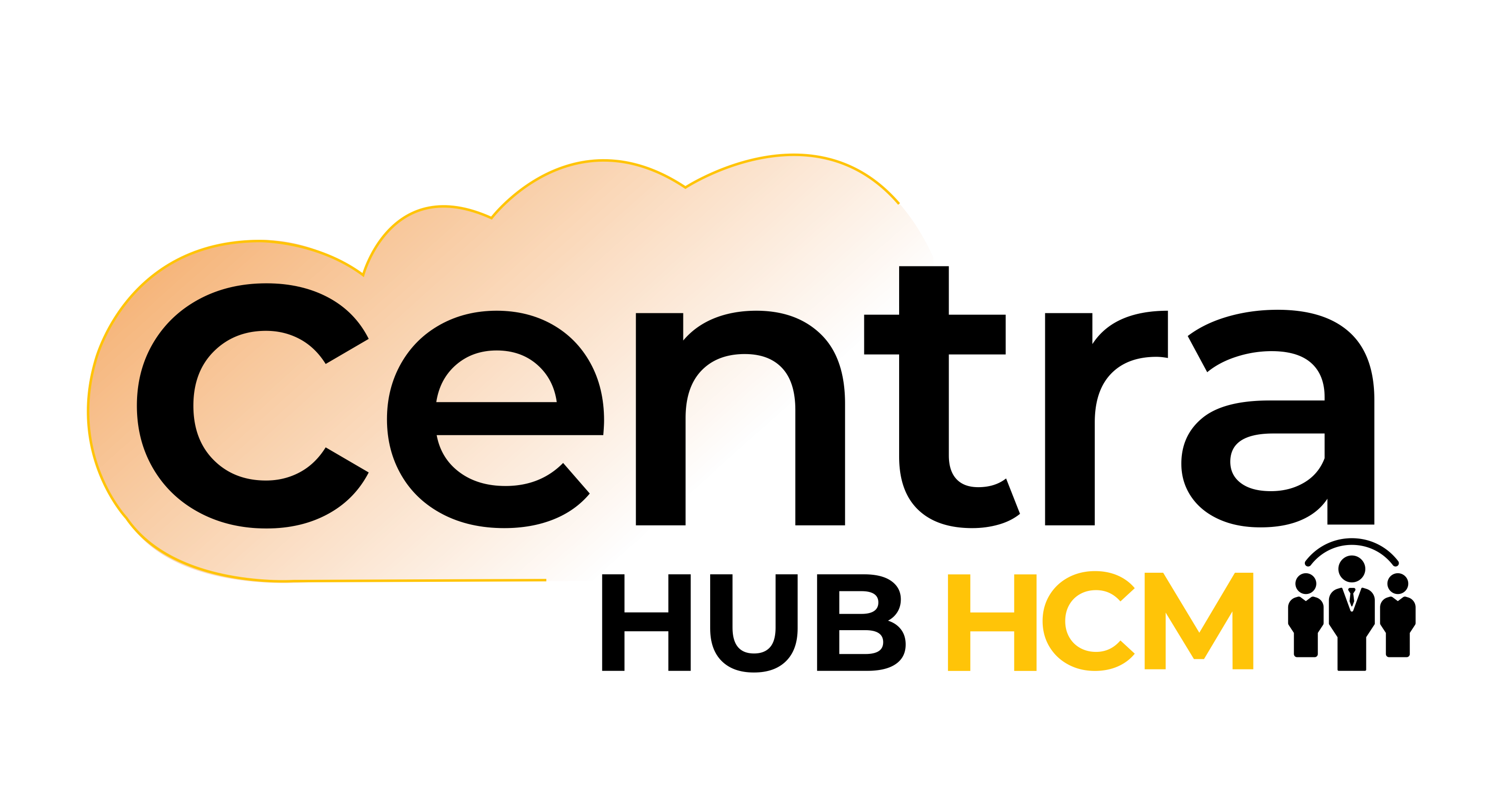1. Improved efficiency and time savings
E-invoicing significantly improves the efficiency of the invoicing process. With electronic invoicing, businesses can automate the generation, sending, and processing of invoices. The entire process is streamlined, eliminating manual data entry and reducing the risk of errors. E-invoices can be created automatically from data within the accounting software, reducing the time spent on invoice preparation. In addition, e-invoicing eliminates the need for printing, mailing, and physical storage of invoices, saving both time and resources.
2. Faster payment processing
E-invoicing accelerates the payment process, leading to faster payment cycles. Electronic invoices can be delivered instantly to the recipient's accounting system, reducing the time it takes for invoices to reach the customers. This results in shorter payment cycles and improves cash flow for businesses. Moreover, e-invoicing can be integrated with online payment gateways, allowing customers to make payments directly from the e-invoice. This convenience encourages prompt payment and reduces the time spent on payment collection.
3. Reduced costs
E-invoicing offers significant cost savings for businesses. With electronic invoicing, there are no costs associated with printing, postage, and physical storage of paper invoices. Businesses can also reduce the costs associated with manual data entry and invoice processing, as e-invoicing automates these tasks. Additionally, e-invoicing eliminates the risk of lost or misplaced invoices, reducing the need for invoice reprints and re-sends. Overall, e-invoicing helps businesses optimize their invoicing processes and reduce administrative costs.
4. Enhanced accuracy and data integrity
Manual data entry is prone to errors, leading to discrepancies and delays in invoice processing. E-invoicing eliminates the need for manual data entry as invoices are generated electronically from the accounting software. This reduces the risk of data entry errors and ensures the accuracy and integrity of invoice information. E-invoices are also structured and standardized, allowing for better data consistency and easier reconciliation. By eliminating errors and discrepancies, businesses can improve relationships with customers and suppliers.
5. Increased security and compliance
E-invoicing enhances the security and compliance of invoice data. Electronic invoices are securely transmitted between the sender's and receiver's accounting systems, reducing the risk of data loss or interception. E-invoicing platforms often utilize encryption and other security measures to protect sensitive information. Additionally, e-invoicing ensures compliance with tax regulations and invoicing standards. By adopting e-invoicing, businesses can simplify tax reporting, reduce the risk of non-compliance, and improve overall data security.

6. Improved customer relationships
E-invoicing improves customer relationships by providing a more convenient and efficient invoicing experience. Electronic invoices can be delivered directly to the customer's preferred channel, such as email or online portals. This eliminates the delays and uncertainties associated with physical mail. E-invoices can also include interactive features, such as online payment options and dispute resolution mechanisms, enhancing customer convenience. By offering a seamless invoicing experience, businesses can strengthen customer relationships and improve customer satisfaction.
7. Enhanced visibility and reporting
E-invoicing provides businesses with better visibility into their invoicing processes and financial data. Electronic invoices are easily searchable and accessible within the accounting software, allowing businesses to track the status of invoices, monitor payment history, and generate real-time reports. This visibility enables businesses to identify bottlenecks, analyze payment trends, and make data-driven decisions to improve invoicing efficiency and cash flow management.
8. Environmental sustainability
E-invoicing aligns with sustainable business practices by reducing the use of paper and minimizing the carbon footprint associated with traditional paper-based invoicing. By adopting e-invoicing, businesses contribute to environmental sustainability efforts and demonstrate their commitment to reducing waste and conserving resources.
Conclusion
E-invoicing offers numerous benefits for businesses, including improved efficiency, faster payment processing, reduced costs, enhanced accuracy, increased security and compliance, improved customer relationships, enhanced visibility and reporting, and environmental sustainability. By adopting e-invoicing in accounting software, businesses can streamline their invoicing processes, improve cash flow management, reduce administrative costs, and enhance customer satisfaction. With the digital transformation of invoicing, e-invoicing is a smart choice for businesses seeking to optimize their financial operations and stay competitive in the modern business landscape.







